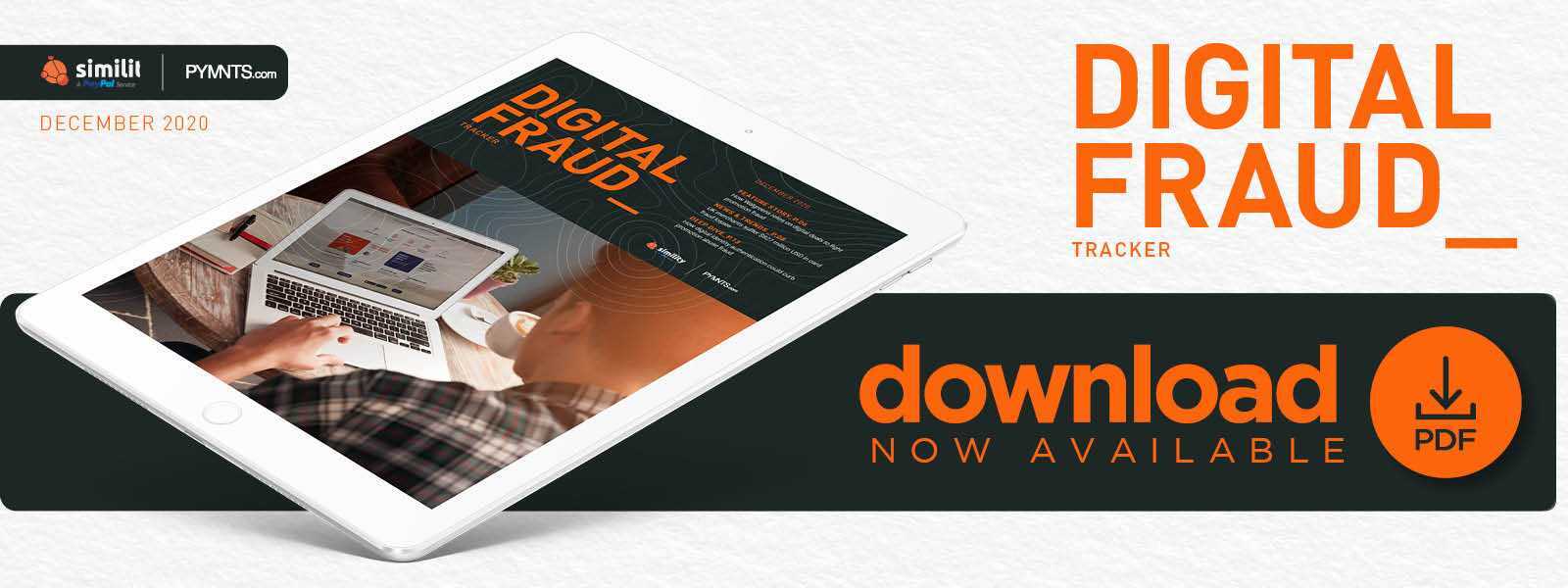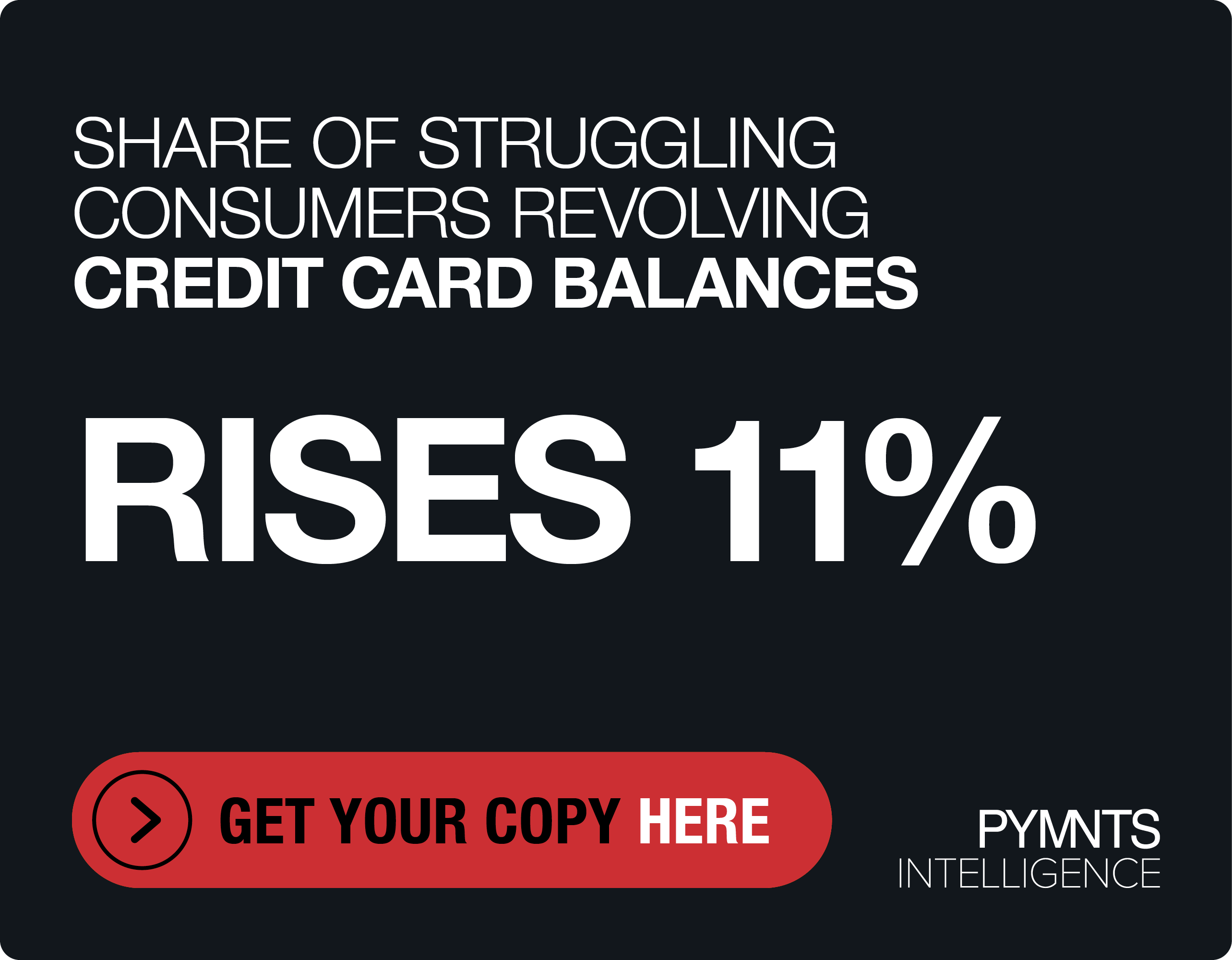Deep Dive: Why Merchants Must Rethink Their Promotion Abuse Protections During The Pandemic

Fraud instances have risen dramatically since the pandemic began, placing financial strains on consumers and merchants alike. One recent report that surveyed consumers from the U.K., U.S. and five other nations identified 100 million potentially fraudulent transactions between March 11 and April 28, for example. Other research points to the increase in scams related to COVID-19, with the U.S. Department of Justice recently warning consumers to be on the alert for virus-related fraud. Such scams can see fraudsters setting up false digital storefronts or putting out fake products to take advantage of consumers shopping digitally.
Merchants must also safeguard their digital systems against costly schemes such as promotion abuse, which has also ballooned in recent months. Promotion abuse scams occur when individuals take undue advantage of rewards, sales or other promotions offered by merchants, which can prove especially costly to businesses operating within leaner margins during the pandemic. The above report that surveyed consumers from seven countries also noted that there was a 12 percent jump in promotion fraud within the eCommerce industry between March 11 and April 28.
The following Deep Dive analyzes the ongoing pandemic’s effects on promotion fraud and the challenges merchants face when confronting such schemes. It also examines which solutions or strategies merchants can employ to prevent such fraud.
Blunting Promotion Abuse Problems
Offering promotions can be a double-edged sword for merchants. Many rely on these offers to keep consumers loyal and increase customer conversion, with these deals trading money on initial purchases for stepped-up engagement and future sales. This means promotion abuse losses can be doubly hard-hitting for these businesses.
The pandemic is adding to these strains by boosting promotion abuse at a time when many businesses’ financial resources are stretched thin. One May report noted a 54 percent month-over-month increase in loyalty- and gift card-related promotion abuse, for example. The health crisis is also dramatically altering merchants’ approaches to customer engagement and interaction, leading many to shut down brick-and-mortar channels and devote their resources to online operations. Offering discounts and personalized promotions can help them stand out from the crowd, especially as eCommerce spend in the U.S. is projected to reach $794.5 billion by the end of the year, marking 32.4 percent year-over-year growth.
This fraud trend is also likely to increase during the holidays as consumers step up their purchases of gift cards and other products. One study found that 48 percent of consumers planned to buy gift cards during the holiday season, for example, and it noted that approximately 10 percent to 25 percent of the fraud instances online retailers face stem from attempts to illicitly purchase such cards.
Merchants’ main challenge when working to thwart promotion abuse, however, lies in accurately identifying the risks posed by first-time customers who have access to these deals. Legitimate customers, as well as fraudsters, can commit promotion abuse, leaving retailers to face the financial damage regardless of which party is responsible. The trick is therefore to accurately assess whether first-time visitors are who they say they are using only the limited information they provide when they first do business with merchants.
The Digital Identity Linchpin
Businesses facing holiday shopping rushes during the pandemic must be especially vigilant against promotion abuse as first-time customers filter into online channels to make purchases with retailers that are new to them. New customer accounts are now responsible for 30 percent of transactions, according to one report, five times more than the pre-coronavirus share. The report also predicted a surge in sophisticated fraud during the 2020 holidays — including a spike in holiday-related promotion abuse.
The speed and competitiveness of the eCommerce space require merchants to make split-second decisions when verifying consumers’ digital identities and reducing promotion abuse, and emerging technologies that allow them to swiftly analyze multiple data points can be especially useful in this regard. Merchants that leverage artificial intelligence, machine learning tools and other advanced technologies during digital identity and fraud decisioning processes will be well-placed to handle promotion abuse, while those that fail to implement these solutions will face increasing threats. This means investing in novel digital solutions is a must if retailers hope to successfully defend against promotion abuse now and down the line.

